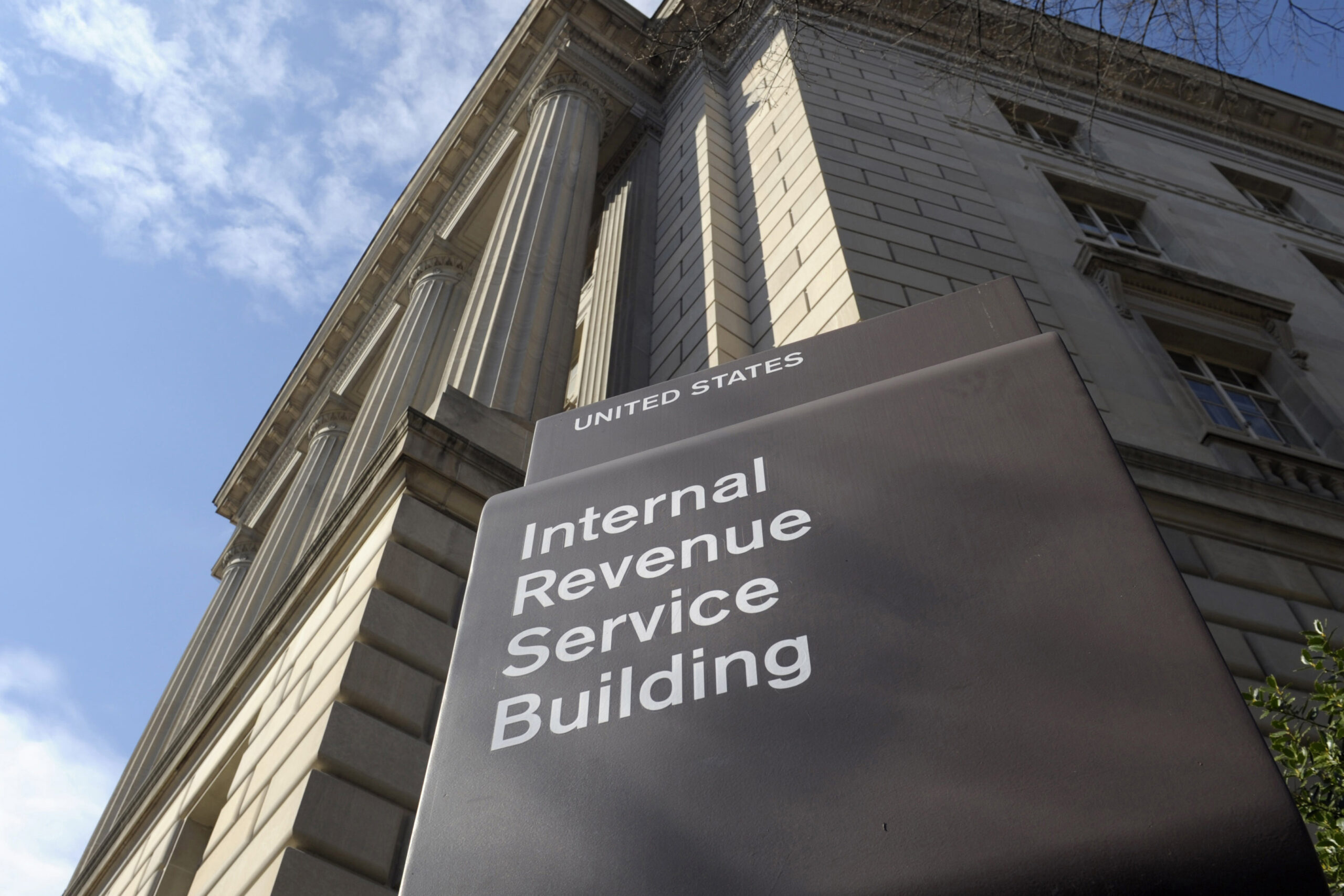State Bar examining diversity of membership
By: Eric Heisig//July 3, 2014//
For the first time in nine years, State Bar of Wisconsin members this year were asked to fill out demographic information when they sent in their 2014-15 dues statements.
The form asked attorneys to voluntarily identify their ethnicity, whether they are disabled, and if they are lesbian, gay, bisexual, and transgender – lumped as one category.
The bar stopped asking that information in 2005, but the reason was not immediately clear.
The information is being collected again, Milwaukee County Circuit Judge Carl Ashley said, so the bar can better track the diversity of its members and identify potential problems and outreach for minority members.
Ashley leads the bar’s Diversity Task Force, which compiled a report on diversity among membership and presented it to the bar’s Board of Governors during its June 25 meeting. The task force was convened, according to the report, to better promote diversity and inclusion.
The push – which has the support of bar leadership – comes at a time, Ashley said, when certain attorneys still are discriminated against, even if it isn’t always overt.
The report, above all, recommends the bar promote awareness of its diverse membership. Among the recommendations are to appoint a new oversight committee, publish data about diversity among the bar members and encourage a more diverse group within bar leadership.
It also recommends the bar adopt a passage about diversity in its strategic plan, revitalize the bar’s dormant diversity clerkship program, and increase mentorship and internship opportunities for minorities.
“The culture needs to be changed,” according to the report. “That is, we as a Bar should always at least ask the question, ‘How can this action or process support diversity and inclusion or how might it exacerbate the lack of diversity?”
The report elicited little discussion at the meeting, but bar President Bob Gagan later called the report “excellent.” He said he anticipated the BOG will continue talking about its recommendations when the group reconvenes in September.
Gagan said the BOG likely will appoint a standing committee, and a temporary committee will be created before that happens.
Ashley said he views this report as a starting point for better inclusion and awareness of minorities. For one, he said, nobody has come up with a good way to collect and track the kind of demographic information they need.
Right now, Ashley said he didn’t have numbers to show the racial makeup of Wisconsin lawyers. But he pointed out that of the hundreds of judges in Wisconsin, only six are black.
“One of the things we struggled with early on … was not (being) able to create a type of survey that would really pin down ‘What is the percentage of people of color in certain areas in the practice?’” Ashley said.
“This is an opportunity to look at the legal profession,” he added.
Eric Andrews, president of the Wisconsin Association of African-American Lawyers, said Ashley and his committee met with the group but only discussed the issue of how to define diversity.
Ashley said having data from the dues statements and other potential sources down the line will be helpful to eventually track progress.
It would be great, he said, to see how long it would take a minority lawyer to make partner in a firm versus his or her white counterpart. He talked about comparing salaries, as well.
“We want a diverse bar,” Ashley said, “but we want to an inclusive bar.” Follow @eheisigWLJ
Legal News
- A conservative quest to limit diversity programs gains momentum in states
- Wisconsin prison inmate pleads not guilty to killing cellmate
- Waukesha man sentenced to 30 years for Sex Trafficking
- 12-year-old shot in Milwaukee Wednesday with ‘serious injuries’
- Milwaukee man convicted of laundering proceeds of business email compromise fraud schemes
- Giuliani, Meadows among 18 indicted in Arizona fake electors case
- Some State Bar diversity participants walk away from program
- Wisconsin court issues arrest warrant ‘in error’ for Minocqua Brewing owner
- Iranian nationals charged cyber campaign targeting U.S. Companies
- Facing mostly white juries, are Milwaukee County defendants of color truly judged by their peers?
- Milwaukee Mayor speaks in D.C. Tuesday at White House water summit
- Chicago man sentenced to prison after being caught with ‘Trump Gun’
WLJ People
- Power 30 Personal Injury Attorneys – Russell Nicolet
- Power 30 Personal Injury Attorneys – Benjamin Nicolet
- Power 30 Personal Injury Attorneys – Dustin T. Woehl
- Power 30 Personal Injury Attorneys – Katherine Metzger
- Power 30 Personal Injury Attorneys – Joseph Ryan
- Power 30 Personal Injury Attorneys – James M. Ryan
- Power 30 Personal Injury Attorneys – Dana Wachs
- Power 30 Personal Injury Attorneys – Mark L. Thomsen
- Power 30 Personal Injury Attorneys – Matthew Lein
- Power 30 Personal Injury Attorneys – Jeffrey A. Pitman
- Power 30 Personal Injury Attorneys – William Pemberton
- Power 30 Personal Injury Attorneys – Howard S. Sicula











